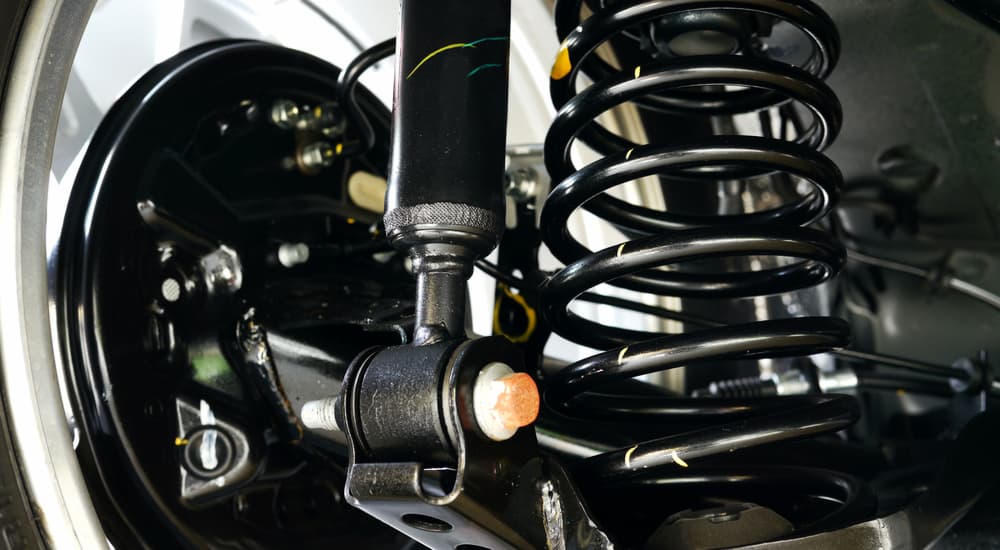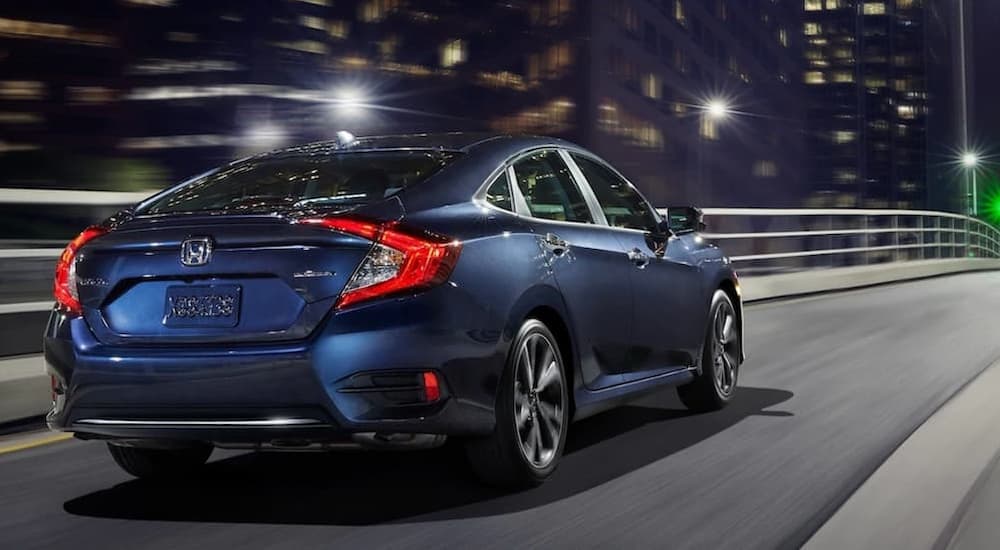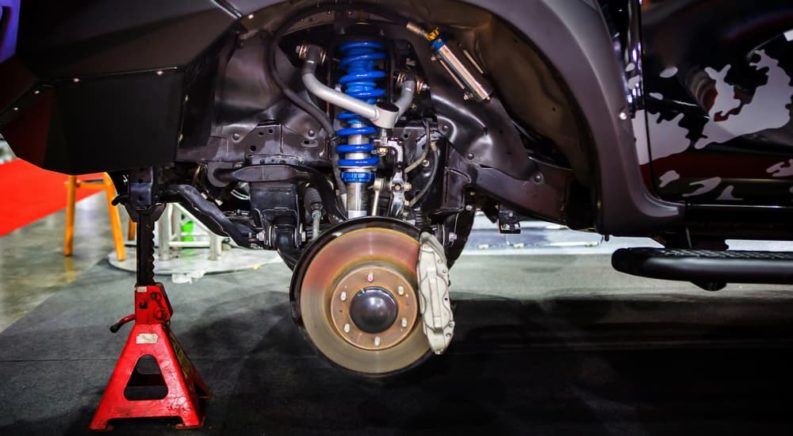Coil springs are designed to last the life of a car and require effectively no maintenance, so it is not surprising that most drivers never give them much thought. However, if you are seeking to improve the handling, feel, and even look of your car, there are few parts that will have a greater effect than a new set of springs (or coilovers – we’ll get to those in a second). Despite being a critical suspension component, coil springs are actually rather simple to change out for any moderately skilled DIY enthusiast. But before you run out and get started, there are a handful of things that you should know.
What Are Coil Springs?
The suspension on a car is made up of numerous components that work together to give the vehicle its ride quality and handling characteristics. However, the single most important component is the springs. Not only are the springs responsible for supporting the full weight of the car, but they are also the primary element in determining how much give the suspension has. This means that changing the springs can change the vehicle’s ride height as well as give it an entirely different feel on the road.
The vast majority of modern cars rely on coil springs, but those are not the only possibility. Air springs are also available, and most pickup trucks continue to use older-style leaf springs. However, the odds are that your car has coil springs – mostly likely simple coil springs in the rear and MacPherson Struts upfront. The good news is that this means you will have plenty of options when it comes to upgrading your coil springs.
Springs are supplemented by dampers (more commonly known as shocks or struts). These play an important role in taming the excessive bounciness that you would get from springs alone but do not directly support the weight of the vehicle. It is important to match your dampers to your springs; however, that is a topic for another day. In some cases (namely struts and coilovers), the dampers and springs are integrated into a single unit, which can make replacing them easier.

Upgrade Benefits
Ride Height – Perhaps the most common reason for replacing your coil springs is to change the ride height of your car. Using shorter springs means that your car will sit lower to the ground, a look that many enthusiasts enjoy. A lowered car will also have a lower center of gravity, theoretically improving handling, but this is mainly an aesthetic upgrade.
Handling – The second common reason to upgrade is to improve the handling of your car. Stiffer springs will reduce body roll through corners, creating a sportier ride. However, stiffer springs also result in a harsher ride that makes you feel every bump in the road, so be careful not to go too far.
Adjustability – While standard coil springs are only “adjustable” in the sense that you can replace them, higher-quality coilovers usually offer multiple adjustment settings. This can allow you to fine-tune your car, or have different settings for daily driving and autocross, for example.
What Are Your Options?
As we have alluded to a few times, upgrading coil springs doesn’t necessarily mean installing a new set of coil springs. Even if you choose to forgo advanced options like coilovers or air springs, not all replacement coil springs are created equal. So, where to start? If you are looking for a basic upgrade to improve the look and feel of your daily ride, then a set of quality coil springs will be the more affordable option. However, if you are looking for a major change in ride height or lots of adjustability for track use, then coilovers are the way to go. The most important piece of advice is to invest in good parts – cheap springs can easily do more harm than good to ride quality and handling.
Coil Springs
If you are looking for aftermarket coil springs, you have a few things to pay attention to. First is ride height: the shorter the spring, the lower the ride height. There are many options for lowering springs so you can get the exact ride height you want. However, if you are planning to lower your car by more than an inch or so, you will likely need to replace the factory dampers and bump stops to keep the suspension from bottoming out on bumps. If you are new to lowered cars, remember that dropping the car too far can make driving it a real headache where you have to pay careful attention to keep from scraping the bottom on speed bumps and driveway entrances.
The second item is spring rates. Higher spring rates mean a flatter but harsher ride. The big name companies spend a lot of effort finding the best balance between ride quality and handling, but each company tends to optimize its springs slightly differently, so make sure to read reviews and figure out which one is the best fit for what you are looking for. Remember to pay attention to whether the springs are linear or progressive. A linear spring has the same spring rate whether it is fully extended or fully compressed, which results in a predictable ride. A progressive spring changes its spring rate as it compresses, soaking up smaller bumps but giving you a higher spring rate when you push it.
Coilovers
If you are willing to spend some extra cash for added features and adjustability, then coilovers have a lot to offer. Unlike a standard coil spring, a coilover combines the spring and damper into a single unit that closely resembles the MacPherson Struts found on most modern cars. This makes coilovers a great choice if you are looking to make large changes in ride height or spring rate since you don’t have to change out any other parts to tune the suspension properly. However, good coilovers are expensive, and cheap coilovers are often inferior to simple coil springs.
Not all coilovers offer the same levels of adjustability, so here are some things to watch for. Partially-threaded coilovers are adjusted at the spring seat mount, which means you are directly changing how much room the spring has to compress and expand – extreme adjustments can even result in the spring becoming loose. Fully-threaded coilovers adjust at the bracket, allowing you to change the ride height without affecting spring travel. Fully-threaded options might be more expensive, but they are worth it. For maximum adjustability, make sure to get coilovers with an adjustable damping rate and adjustable top mounts. These features will allow you to fine-tune the ride and ensure that you can get a proper alignment after the car is lowered.

Enjoy Your New Car
While getting the right coil spring upgrade for your vehicle can involve a lot of research, once you are done, it will feel like you have a brand new car. Whether you are interested in some basic lowering springs to spruce up the look of your car or you are investing in a set of top-shelf coilovers to shave seconds off your lap times, upgrading your car’s suspension is a simple job that brings large returns. Now that you know the basics, it is time to get out there and hunt down the perfect parts for your build!

